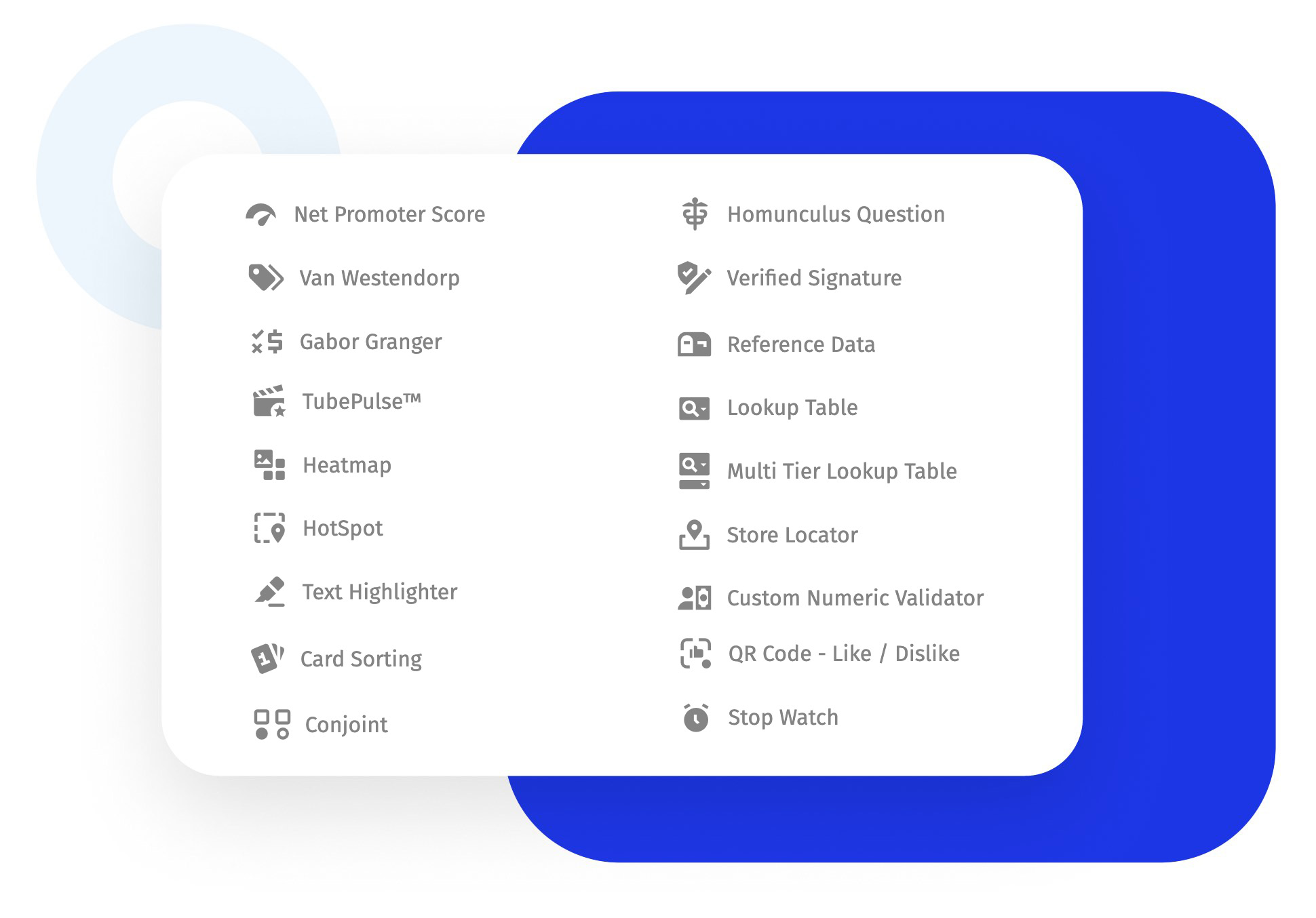The method is simple but effective, where respondents specify their likelihood of purchasing a product or service at different prices. Researchers use the Gabor-Granger pricing model in many product development and product research studies.
Example of Gabor-Granger in surveys
Let's take the example of a cellphone manufacturer that plans to launch a new model. To price the cellphone accurately in the market, they need to understand how much customers are willing to pay. Pricing the product too low will put doubts in the buyer's mind about the product quality, and pricing it too high will drive them away. Respondents are sequentially shown one price at a time to decide whether it's worth buying the product at that price. This enables researchers to plot the demand and revenue curve and uncover the price point that maximizes revenue.
Uses of the Gabor-Granger survey question
Here are the uses of the Gabor-Granger question in surveys:
Determine product price elasticity: Understand the price elasticity of your product to price it appropriately. Customers don't pay more than the actual value they get from most products.
Understand pricing point: Price the product appropriately to offer consumers affordable products while helping you recover profits.
Build pricing strategies: Price is a significant factor in a market full of competitors. Use this question to your advantage to build the most suitable pricing strategy and optimize your revenue.
Product worthiness: Find out whether the customers perceive the product worthy of the price you have in mind or not, and make further changes to optimize the product or service.
Advantages of using Gabor-Granger in a survey
The advantages and of using Gabor-Granger in surveys are:
Simplicity: The Gabor-Granger question is straightforward to create and deploy. You can apply this question to your survey with minimum effort.
Eliminate guesswork: Pricing must not be guesswork. Understand precisely how much your customers are willing to pay and price the product accordingly to gain maximum profits.
Gauge demand: The revenue curve and the willingness to pay (%) provides a simulated demand curve that helps researchers determine how the demand changes with the price change.
How to use the Gabor-Granger question in your surveys?
Explore our help file on Gabor-Granger pricing to learn how to use this feature.
Survey Software Easy to use and accessible for everyone. Design, send and analyze online surveys.
Research Suite A suite of enterprise-grade research tools for market research professionals.
Customer Experience Experiences change the world. Deliver the best with our CX management software.
Employee Experience Create the best employee experience and act on real-time data from end to end.





